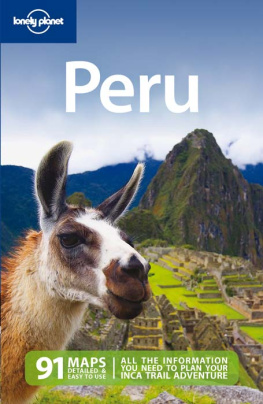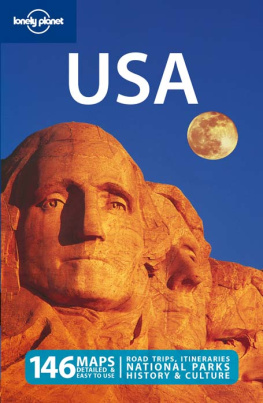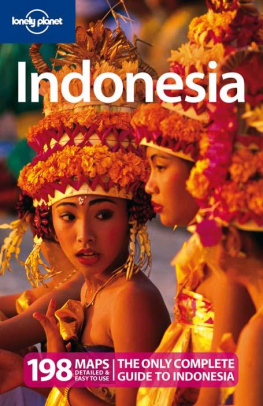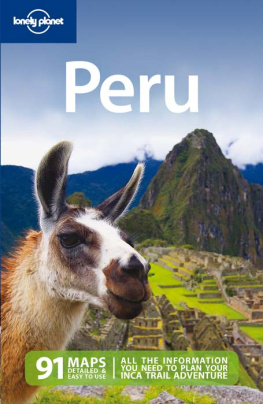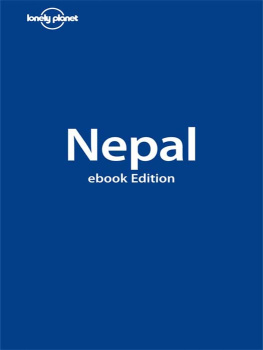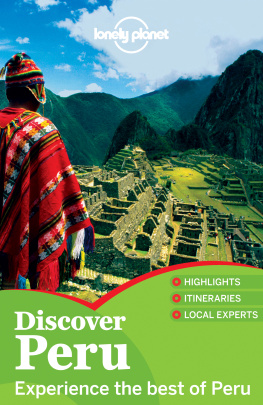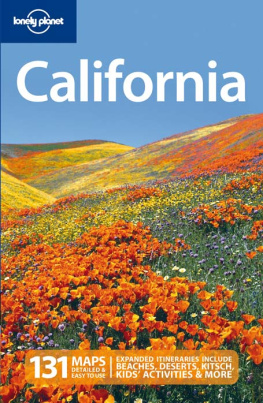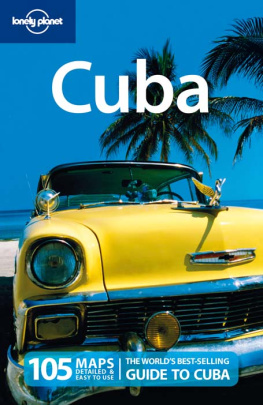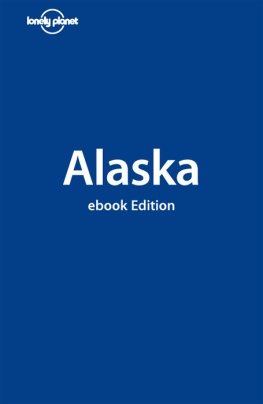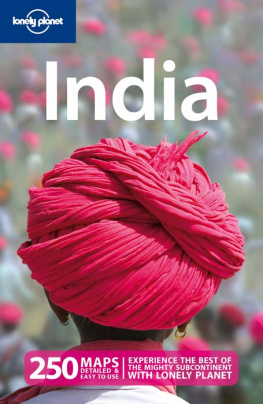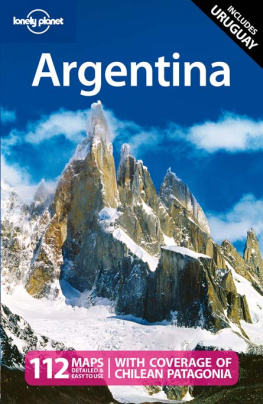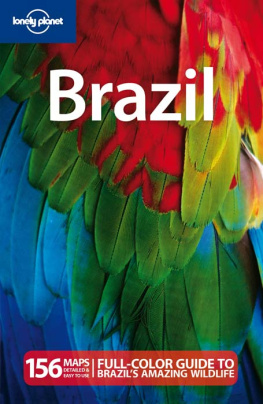Destination Peru
FAST FACTS
Population: 28.2 million
Median age: 26 years
Poverty rate: 54%
Gross Domestic Product (GDP): US$131.4 billion
Estimated hectares of coca production: 56,000
Rate of inflation: 5.8%
Navigable tributaries in the Amazon Basin: 8600km
Average daily visitors to Machu Picchu: 2500
Loss of forest area in 2005: 150,000 hectares
Native varieties of potato: almost 4000
For a country born of a tumultuous history, Peru has its moments of incredible grace. There is the award-winning literature, the baroque-style architecture, the soulful music and, of course, the food a sublime combination of ethnic and regional specialties that have spent the last 500 years on a slow simmer and are now ready to be served. Peru, in case you havent heard, is in the midst of a buzzing culinary renaissance.
Led by a charismatic young chef named Gastn Acurio, the countrys native cuisine is the subject of write-ups in international food magazines. Once regarded as a charmless capital city, Lima is now a bastion of excellent dining. And Peruvian gastronomic festivals once the purview of a few dedicated food-service types attract tens of thousands of visitors. La Mistura, a culinary gathering organized by Acurio, drew more than 150,000 people from all over Peru and the world to its second annual convocation in Lima in September of 2009. Thousands more were unable to get in.
The relentless focus on food and it is relentless has not only generated a great deal of pride among every layer of Peruvian society, it has had a ripple effect on other aspects of the culture. Young fashion designers produce avant-garde clothing lines with alpaca knits. Cutting-edge musical groups fuse elements of regional folk music into mainstream electronica. In the world of architecture, builders are starting to create contemporary structures that pay tribute to pre-Columbian design. In other words, Peru is experiencing a remarkable cultural boom.
The country has also experienced a period of unparalleled economic expansion, linked to significant growth in the mining and agricultural sectors. Since 2004, Perus gross domestic product has grown steadily, year after year even in 2008 and 2009, when the global economy was shrinking. The influx of wealth has helped alleviate some of the most extreme cases of poverty and has allowed the administration to improve infrastructure and expand social services. By 2011, the government expects to complete a US$1 billion electrification project, which will improve energy delivery to the southern part of Peru.
This represents an incredible turnaround for a nation that was torn apart by a period of protracted internal conflict between the military and various guerrilla groups in the 1980s and 90s an episode that left thousands of civilians dead and countless others displaced. Peru has yet to completely emerge from the shadow of that era. For two years beginning in 2007, the nation was riveted by the legal trials of former President Alberto Fujimori.
Elected in 1990, in the midst of the conflict, Fujimori, the Lima-born son of Japanese immigrants, cracked down on guerrilla groups, but also tightened his grip on power. Among other things, he staged a coup that filled the legislature with his cronies, reworked the constitution and ran all manner of shady financial and political operations while in office. His presidency ended in 2001, when his security chief was caught on camera bribing just about any official willing to accept a suitcase full of money. The disgraced former president is now serving almost three decades of prison terms for an array of convictions, ranging from embezzlement to bribery to wiretapping to the ordering of extrajudicial killings. But that isnt the end of Fujimori. It is widely expected that his daughter, Keiko, a congresswomen, will run for the presidency in 2011. She has hinted that if she wins, she will pardon her father.
Peru faces other challenges as well. A prolonged global recession could put a quick end to this period of growth. (Economic figures already indicated a slow-down in the export market by the end of 2009 and inflation tripled to 6% from 2008 to 2009.) Equally fragile is the political situation. President Alan Garca, who served a disastrous first term as president in the 80s (), has seen his approval rating steadily sink since he took office in 2006. In 2008, his entire cabinet was forced to resign due to allegations of corruption. And, in 2009, a clash between various indigenous tribes and the national police over development rights to extensive tracts of rainforest lands left almost three dozen dead in the remote northern region of Bagua.
These events have left the president with a weakened mandate at a potentially fractious time. Members of the Sendero Luminoso (Shining Path) guerrillas have shown renewed (if limited) signs of life in the central highlands around Ayacucho. In the Amazon, the imminent opening of the Interoceanic Highway, connecting Peru to Brazil and running straight through the southern Amazon, could have a negative impact on delicate rainforest ecosystems. And there is still plenty of poverty to contend with: despite the years of growth, one in five Peruvians still lives on less than US$2 a day.
To some, the countrys problems might seem insurmountable. But living in Peru and being Peruvian has always required just a little bit of defiance. In the 1950s, Peruvian journalist Jorge Donayre Belande penned a lengthy poem to his homeland called Viva el PerCarajo! (Long Live PeruDamn It!). The verse is an epic, warts-and-all tribute to Peru, depicting life in Andean villages as well as sprawling urban shantytowns. Peruvians, wrote Donayre, arent scared off by difficult circumstances not by cataclysmic earthquakes, nor difficult geography, nor the bad habits of their wily politicians. In the face of adversity, there is an intractable optimism. In the 50-plus years since Donayre first wrote those words, that hasnt changed one bit.
Viva el PerCarajo!
Getting Started
Luminous archaeological sites? Check. Lush Amazon rainforest? Check. An arid coast lapped by a highly surfable Pacific swell? Check.
Peru, it seems, has it all. Every cranny of this part of the Andes offers a unique glimpse into singular cultures, incredible foods and enough natural wonders to keep a National Geographic cameraman employed for decades.
Visit for a week and you can take in a main site or two. Got two? Then join a trekking party, or add another destination to your itinerary. And if you have plenty of time on your hands, strap on a pack and hit the road for months theres that much to do. Best of all, transportation is plentiful and generally inexpensive, and accommodations are available to suit every budget, from cheap backpacker hostels to atmospheric colonial mansions.
This chapter will help you figure out when to go, what to pack, how much to spend and which places you wont want to miss.
WHEN TO GO
A Peruvian weather site (in Spanish) is www.senamhi.gob.pe.
Perus climate has two main seasons wet and dry though the weather varies greatly depending on the region. Temperature is mostly influenced by elevation: the higher you climb, the cooler it becomes.
The peak tourist season is from June to August, which coincides with the cooler dry season in the Andean highlands and summer vacation in North America and Europe. This is the best (and busiest) time to go trekking on the Inca Trail to Machu Picchu, or anywhere else. Its also the best time for climbing, hiking and mountain biking.
People can and do visit the highlands year-round, though the wettest months of December to March make this a cold and muddy proposition. Plus, during February the Inca Trail is closed for cleanup. Many of the major fiestas (), such as La Virgen de la Candelaria, Carnaval and Semana Santa, occur in the wettest months and continue undiminished even during heavy rainstorms.

